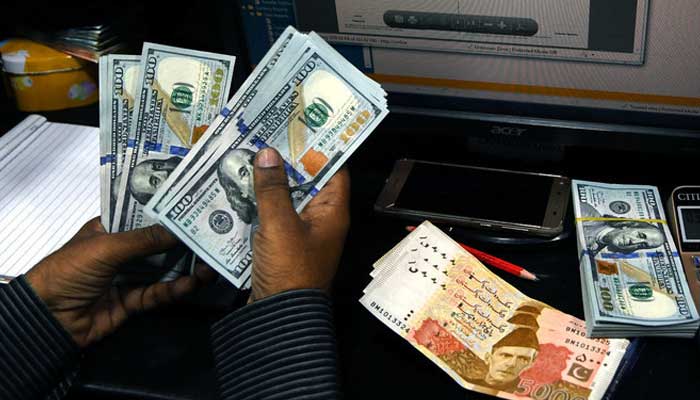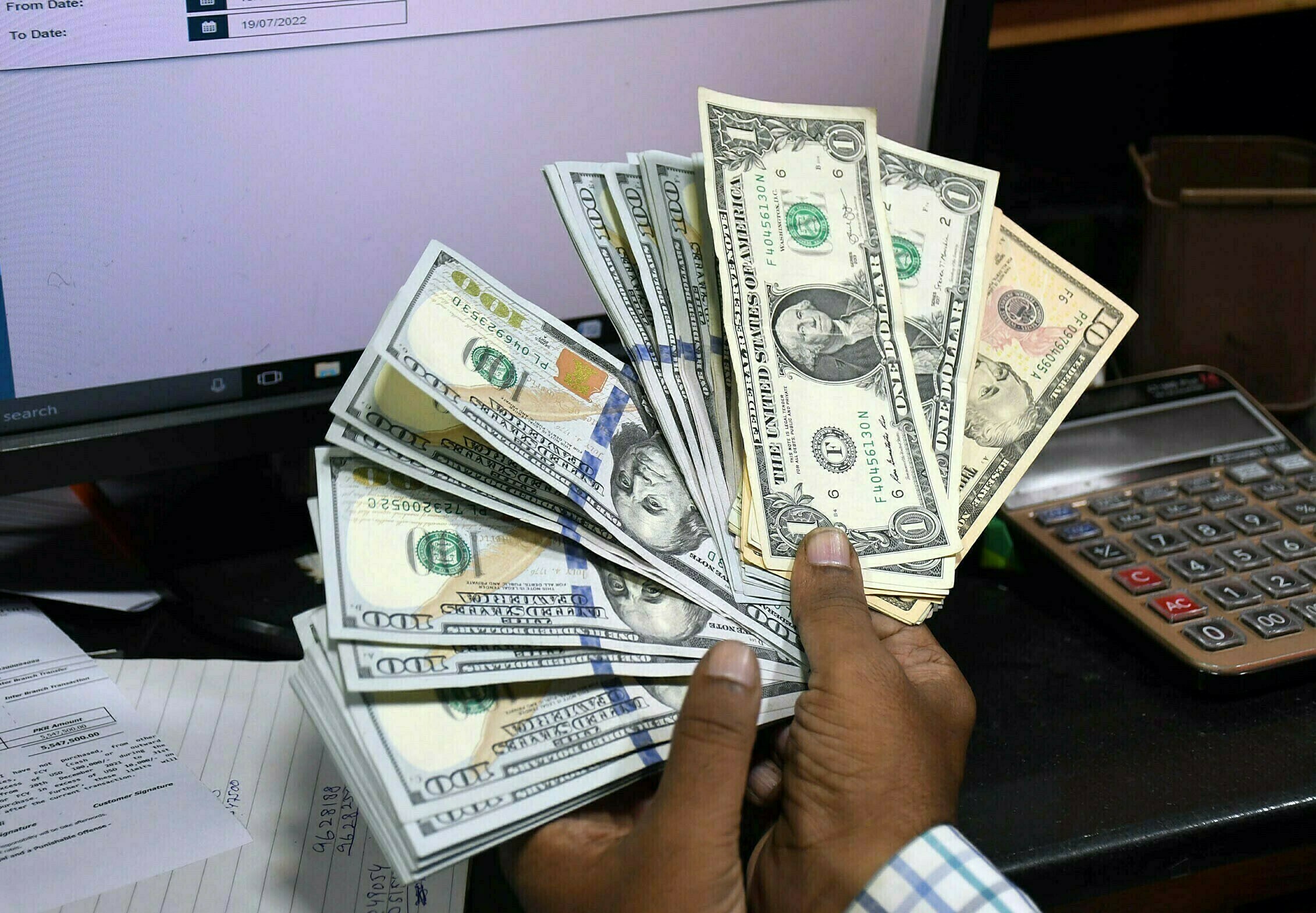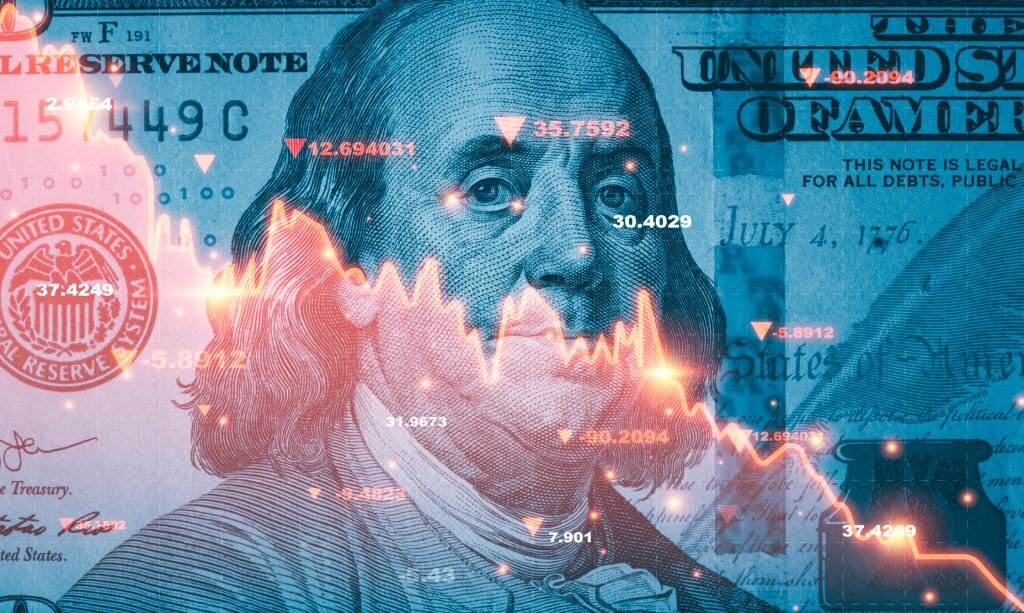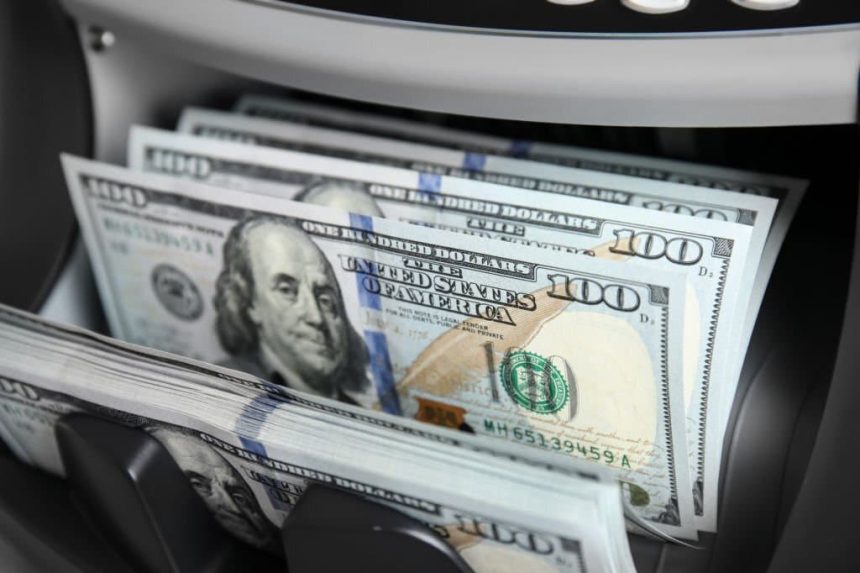The dollar depreciated by 81 paise during interbank trading. When the last trading sessions closed, the dollar stood at 286 rupees 71 paise; today, it trades at 285 rupees 90 paise.
The dollar’s value could continue to decline. On Thursday, in the open market, its value fell two rupees and was trading for Rs 289.
Pakistan Stock Exchange started business poorly after experiencing a decrease of 72 points in the stock market 100 index but continued business at 41 thousand 364.
Impact of Dollar Depreciation on Imports and Exports
The recent dollar depreciation against the rupee could have severe repercussions for imports and exports in India. With implications becoming more costly from foreign sources due to this event, this could ultimately cause consumers’ costs of goods and services that rely heavily on imports to rise significantly; industries reliant on imported raw materials may experience higher production costs, leading to inflationary pressures as production costs rise as well.
Depreciating the dollar is beneficial to exports. A weaker dollar makes locally produced goods and services more competitive internationally, potentially increasing export volumes and providing much-needed relief to industries focused on exporting and improving trade balance.
Market Sentiment and Investor Confidence A weak dollar and disappointing stock performance at Pakistan Stock Exchange (PSX) may be indicators of dampened market sentiment and decreased investor trust. Investors could be concerned about economic uncertainty, leading to cautious approaches when making investment decisions; such lack of confidence could slow economic activity down further and potentially undermine growth.
To restore investor confidence, the government and regulatory bodies may need to introduce measures to stabilize the currency and create an inviting investment climate. Clear economic policies and efforts to attract foreign investments may also help increase trust in the market.
Central Bank Intervention

In response to the depreciating dollar, central banks may consider intervening in the foreign exchange market by employing various tools and strategies designed to influence exchange rates – for instance, purchasing or selling foreign currencies to stabilize domestic currency’s value – to mitigate excessive volatility and ensure stability within this complex marketplace. Such interventions aim to maintain peace within this space of international trade.
However, it’s important to remember that central bank interventions can have short- and long-term repercussions. While they may temporarily provide temporary relief and stabilize currency markets, their efficacy could be limited in light of broader economic challenges.
Impact on External Debt A depreciating dollar could immediately and noticeably affect Pakistan’s external debt load. As much of Pakistan’s external debt is denominated in foreign currencies, its weakening would increase costs associated with servicing it and require the government to set aside more funds to repay loans, potentially jeopardizing other crucial areas such as healthcare, education, and infrastructure development.
Given the current exchange rate climate, efforts to reduce external debt and diversify sources of financing become even more essential. Countries may be better prepared to meet their external debt obligations despite currency fluctuations by exploring alternative funding avenues and practicing responsible debt management practices.
Inflationary Pressures and Monetary Policy A depreciated dollar can immediately impact inflationary pressures in a country. Import prices become more costly, leading to increases in overall inflation rates; as this occurs, central banks may alter their monetary policy accordingly to manage it effectively and maintain price stability.
Monetary policy tools, such as interest rate adjustments, could be utilized to combat inflation effectively; however, finding an equilibrium between controlling inflation and encouraging economic growth becomes challenging for policymakers in times of currency depreciation and economic insecurity.
Current Exchange Rate Situation and Economic Resilience

Pakistan should diversify its export base to increase economic resilience and minimize potential external shocks that may impact export earnings. By diversifying export sectors and exploring new markets, Pakistan can strengthen its economy while mitigating currency fluctuations influencing its earnings and increasing economic resilience.
Diversification efforts include supporting emerging industries, boosting value-added exports, and strengthening competitiveness through technological advancement and skill enhancement.
Attracting Foreign Direct Investment (FDI), Pakistan can use a depreciating dollar to attract foreign direct investment (FDI). A lower exchange rate makes Pakistan’s assets and resources relatively less costly for international investors, allowing the government to create an ideal investment environment and encourage foreigners to bring capital, technology, and expertise that could spur economic development and job creation.
Policy reforms that facilitate business activity, protect investors, and offer attractive incentives could increase FDI inflows.
Remittance Implications
For Pakistanis living and working abroad, the exchange rate plays an instrumental role in determining their remittances’ value. A depreciating dollar would increase purchasing power of any rupee-denominated remittances they send back home in rupees.
Remittances enormously positively affect recipients, as they can afford more goods and services with each remittance received. Remittances provide vital foreign exchange for Pakistan households, and increased purchasing power could spur domestic consumption and economic development.
External Competitiveness and Trade Balance
Pakistan’s depreciating dollar can seriously impact both external competitiveness and trade balance. When local currencies weaken, domestic goods and services become relatively cheaper to foreign buyers, leading to increased exports that could help improve its trade balance and potentially result in more significant export revenues and thus improving trade relations overall.
External competitiveness depends on many elements, including product quality, productivity, and access to international markets. Strengthening these factors alongside currency adjustments is critical to improve a country’s external competitiveness and promote sustainable economic growth.
Impact on Tourism and Travel Exchange rate fluctuations have different ramifications on tourism and travel industries. A falling dollar may make Pakistan an even more alluring tourist destination as foreign visitors will have increased purchasing power in Pakistan – thus potentially increasing tourism revenues and supporting related businesses.
Pakistani tourists traveling abroad could incur more extraordinary expenses due to a weakening rupee, reducing outbound tourism spending and negatively affecting industries dependent on domestic travelers.
Depreciation Effect on Commodity Prices

Depreciation can have a dramatic effect on commodity prices in the global market. Many commodities, including oil and gold, are priced in US dollars; thus, a weaker dollar may lead to higher prices, impacting import costs in Pakistan and global trade dynamics.
Pakistan is highly dependent on imported oil for energy needs, so fluctuations in oil prices caused by currency movements could have severe ramifications for energy costs and overall economic health.
Policy Response and Economic Stability
Given the current situation, the government and relevant authorities must provide a comprehensive policy response to preserve economic stability. Particular emphasis should be given to developing an approach that simultaneously tackles exchange rate challenges and broader economic issues.
Monetary and fiscal policies must work harmoniously to control inflation, promote investment, and boost export competitiveness. Furthermore, structural reforms to enhance productivity, decrease import reliance, and foster diversification must take place to foster long-term economic growth.
Monitor Capital Flows
With rising exchange rate fluctuations, tracking capital flows into and out of a country has become essential. Any sudden surges or declines in foreign capital could further exacerbate exchange rate volatility; authorities may need to take measures against speculation-induced capital movements that threaten financial markets.












